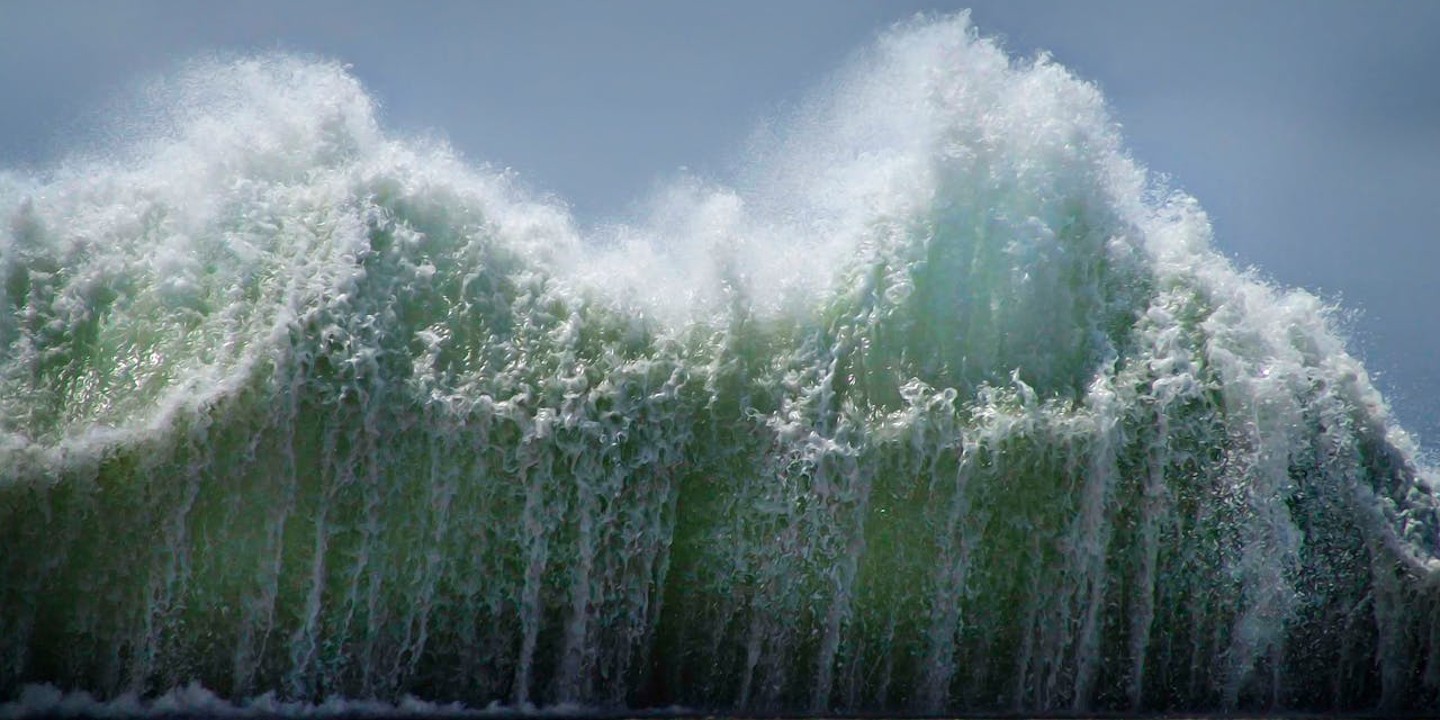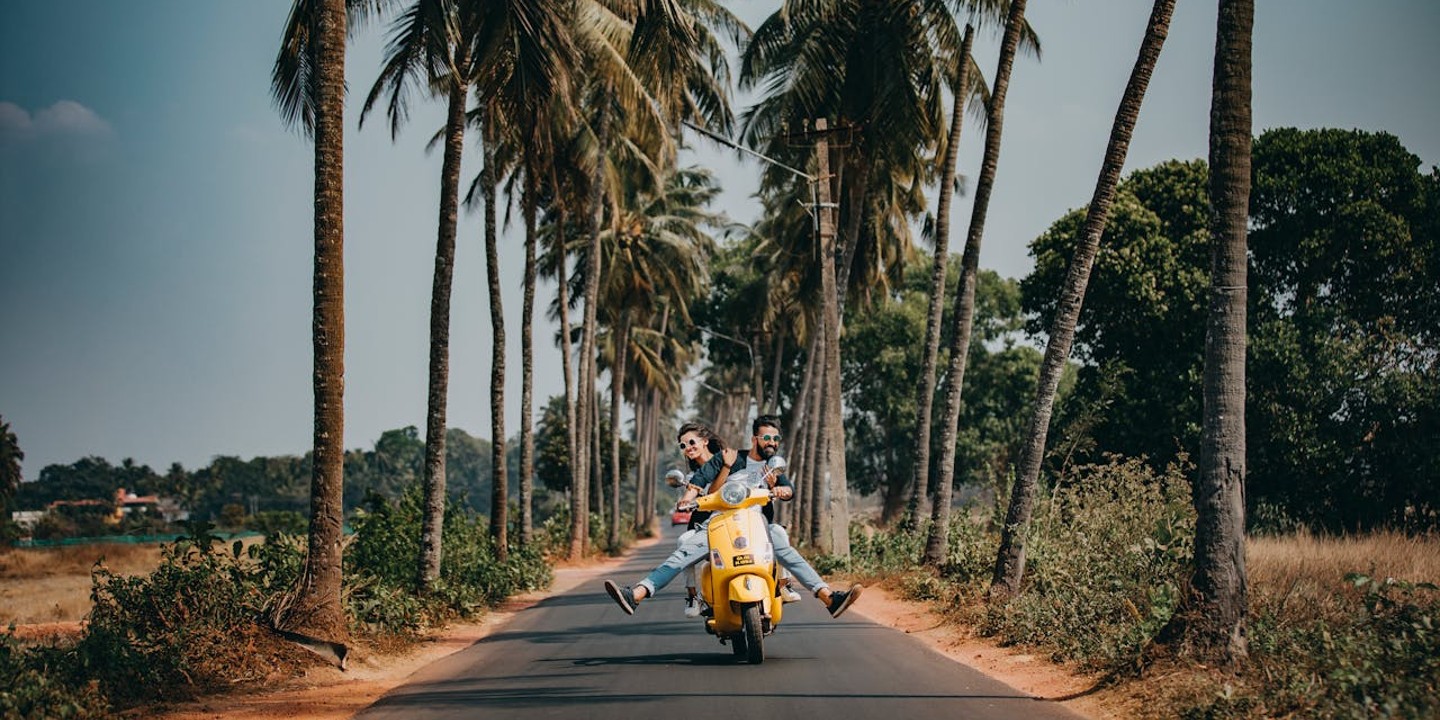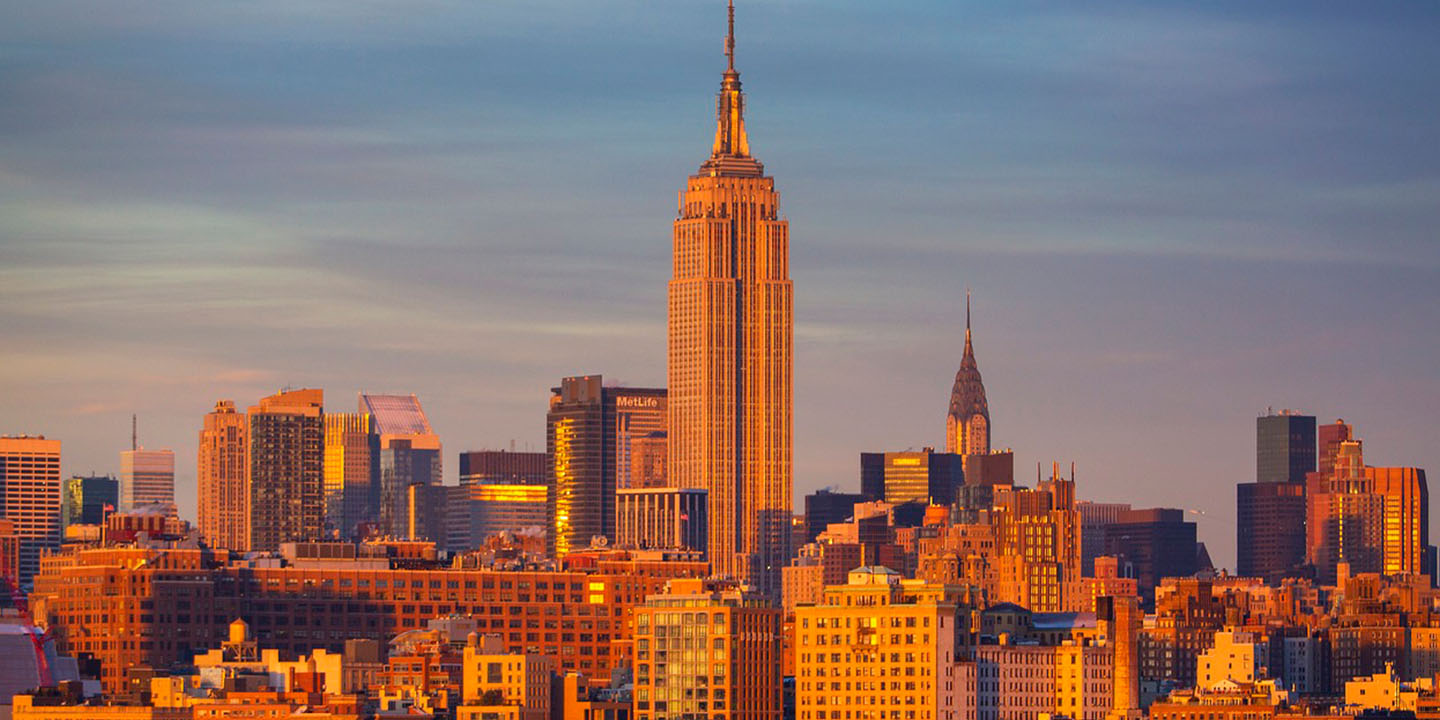The Hunt For The Perfect Pic
Selfies rule modern travel—they’re the digital stamps that prove you’ve arrived and maybe even nailed the angle. That’s why everyone’s after that perfect shot, turning monuments into backdrops. But not every destination rewards your camera obsession. Some places turn you into a cinematic legend. But others just feel a bit too played out. So, first, let’s take a look at ten places that truly earn their selfie status.
1. Eiffel Tower (France)
Snapping a selfie at the Eiffel Tower is almost a travel tradition, as this 330-meter iron masterpiece was once meant to be temporary but became Paris’s proudest landmark. Plus, at its peak, Gustave Eiffel’s private apartment once hosted legends like Thomas Edison.
2. Great Wall Of China (China)
While you won't spot it from the Moon, the Great Wall of China offers earthbound travelers a 21,000-kilometer marvel of human perseverance. This engineering feat even utilized sticky rice mortar, which is an ancient innovation that helped it endure centuries.
3. Christ The Redeemer (Brazil)
A selfie with Christ the Redeemer captures more than a monument, as it frames the soul of Rio itself. Standing 30 meters tall atop Corcovado’s 710-meter peak since 1931, the statue’s 28-meter wingspan stretches across the city.
 Donatas Dabravolskas on Wikimedia
Donatas Dabravolskas on Wikimedia
4. Sydney Opera House (Australia)
Designed by Danish architect Jørn Utzon and completed in 1973, Sydney Opera House’s gleaming white sails seem to rise naturally from the harbor. Over time, this fusion of art and architecture earned UNESCO World Heritage status in 2007.
5. Machu Picchu (Peru)
Built in the 15th century, this citadel sits almost 2,430 meters above sea level in the Andes. Unknown to outsiders until Hiram Bingham’s 1911 rediscovery, “Machu Picchu”—meaning “Old Peak” in Quechua—remains a link to ancient ingenuity.
 Pedro Szekely at https://www.flickr.com/photos/pedrosz/ on Wikimedia
Pedro Szekely at https://www.flickr.com/photos/pedrosz/ on Wikimedia
6. Taj Mahal (India)
When Shah Jahan lost his beloved wife Mumtaz Mahal, his heartbreak sparked an architectural marvel. He channeled his grief into creating the Taj Mahal, mobilizing 20,000 artisans to clad a brick core in pristine white marble.
7. Colosseum (Italy)
Completed in AD 80, this Flavian amphitheater once hosted up to 80,000 spectators for gladiatorial contests and public spectacles. Though over 400,000 people died here, its enduring presence reflects the might and complexity of ancient Rome.
8. Mount Fuji (Japan)
Snapping a selfie with Mount Fuji behind you feels like capturing Japan’s soul in one frame. Rising 3,776 meters tall, this sacred peak is more than a mountain—it’s a national symbol. Artists have long celebrated its symmetry in ukiyo-e prints, and now travelers chase that same perfection through their lenses.
9. Table Mountain (South Africa)
From its base in Cape Town, Table Mountain rises in stark verticality to 1,086 meters, its flat crown defining the national park that bears its name. South-easterly winds paint ephemeral tablecloths of cloud across its summit, while below, 2,200 plant species create a beautiful backdrop.
 Fazielah Williams on Wikimedia
Fazielah Williams on Wikimedia
10. Neuschwanstein Castle (Germany)
Neuschwanstein Castle looks like it leaped straight out of a fairy tale, making it one of Europe’s most magical selfie spots. Perched in the Bavarian Alps near Füssen, this 19th-century masterpiece by King Ludwig II also inspired Disney’s Sleeping Beauty Castle.
Now, here are ten spots that might not live up to the hype for snapping a shot.
1. Mona Lisa (France)
At the Louvre Museum, the Mona Lisa gets the celebrity treatment, and honestly, it’s a bit much. People pack shoulder to shoulder, cameras raised, just to capture a blurry shot of a tiny portrait behind glass. The irony? Most walk away realizing their phone’s photo looks better online.
2. Leaning Tower Of Pisa (Italy)
Leaning more toward selfie fame than spiritual awe, the Tower of Pisa has become a backdrop for endless “holding it up” poses. In short, visitors crowd the grassy square, choreographing identical shots instead of admiring its medieval beauty.
3. Cancún Sign (Mexico)
At Playa Delfines, the famous “CANCÚN” sign steals the spotlight from the turquoise waves behind it. Crowds gather beneath the blazing sun, waiting for their turn to pose beside those bright letters. By the time they get their photo, the calm beach escape they came for feels miles away.
4. Manneken Pis (Belgium)
First-time tourists often do a double-take at Brussels' Manneken Pis, expecting something grander than the 55.5-centimeter bronze boy they find. Yet this tiny fountain figure's underwhelming size has become part of his charm.
5. Stonehenge (United Kingdom)
Despite ranking just 23rd among UK attractions, Stonehenge's mysterious ring of standing stones still commands an audience of 1.3 million annual pilgrims to Wiltshire's ancient grounds. These prehistoric monuments now stand tantalizingly out of reach, preserved through careful distance from their admirers.
6. Merlion Park (Singapore)
The Merlion may symbolize Singapore’s spirit, yet it’s become more of a selfie spectacle than a cultural icon. Crowds jostle along the waterfront, cameras tilted just right to “drink” the fountain’s spray. Between the humidity and the hustle, few pause to appreciate the story behind the city’s mythical mascot.
7. Checkpoint Charlie (Germany)
Checkpoint Charlie once symbolized the tension of a divided Berlin, a place where history’s weight could be felt in the air. Now it’s a tourist stage, complete with actors in uniform and souvenir stands. The real guardhouse sits quietly miles away, holding the gravity selfies can’t capture.
8. Shibuya Crossing (Japan)
The quest for the perfect Shibuya Crossing selfie exemplifies modern tourism's paradox, as visitors armed with smartphones cross one of Tokyo's most cinematically celebrated spaces. While Lost in Translation immortalized this intersection's hypnotic flow of 3,000 pedestrians per signal, the authentic experience often proves more chaotic than curated.
9. Blue Lagoon (Iceland)
The Blue Lagoon’s dreamy glow looks tranquil online, but in person, it's a more crowded spa than a serene escape. Visitors wade through selfie sticks and steam, angling for that perfect shot. Its geothermal beauty remains stunning, yet the constant stream of cameras dulls the natural magic beneath the mist.
10. Little Mermaid Statue (Denmark)
Along Copenhagen's Langelinie promenade, where water meets stone, visitors trace the shoreline toward a storied encounter. There, Hans Christian Andersen's Little Mermaid materializes—a modest bronze figure at just 1.25 meters tall, drawing patient crowds.

























